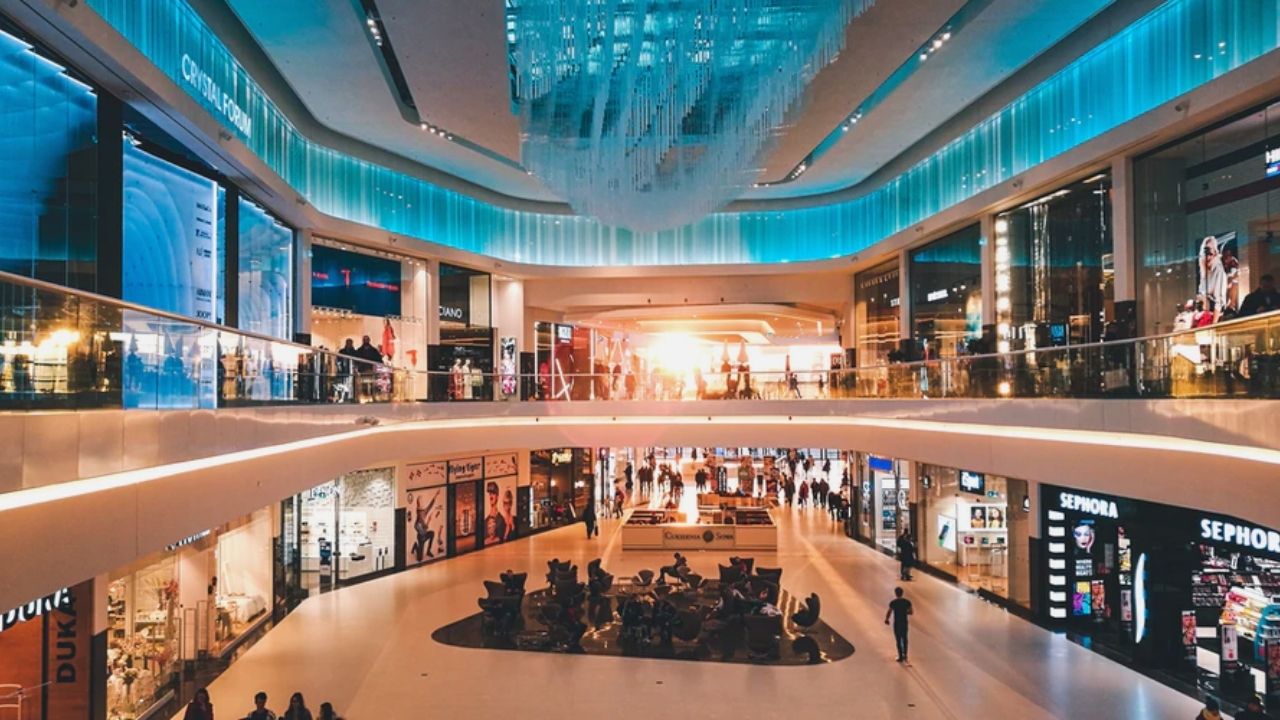Digitization is not an option anymore, it’s a necessity to survive, sustain and thrive in the covid economy and beyond. Retail executives know it the best. We are not the only one emphasizing the need for retail digital transformation. This gentleman too have been vocal about it :
Some Interesting Retail Insights
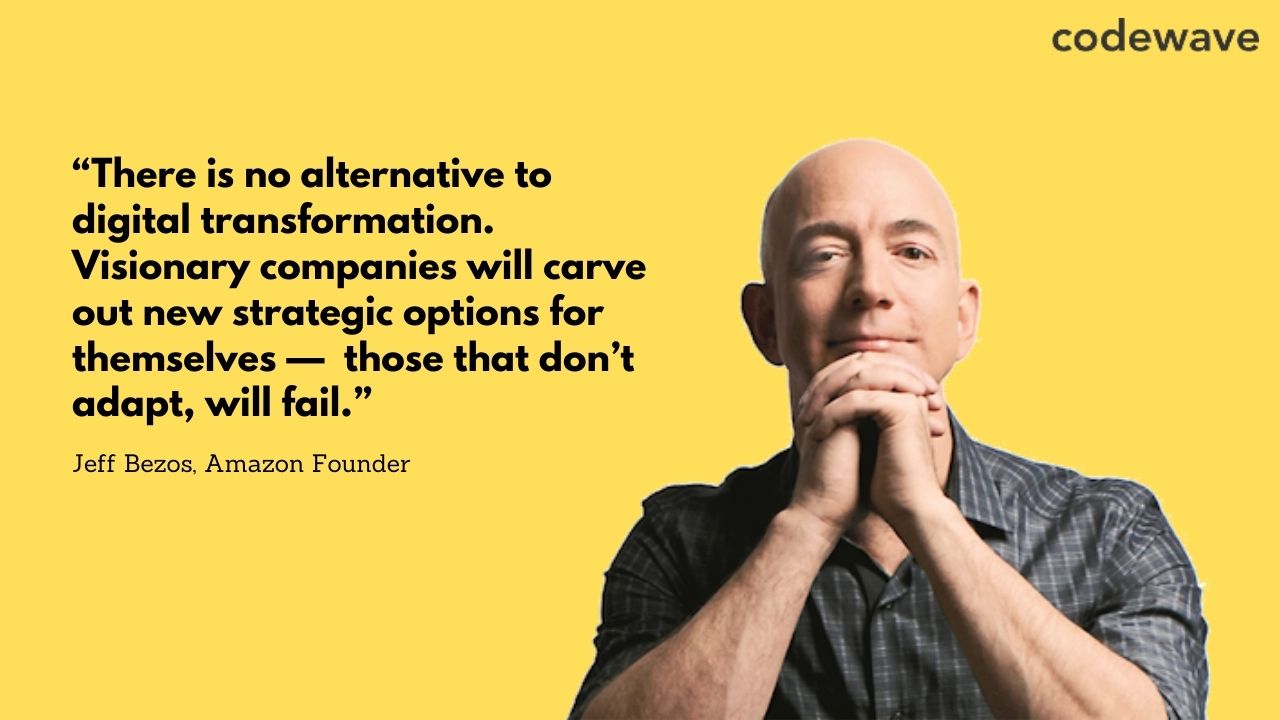
- A report claims 146% growth in overall online commerce.
- Another report says, 40 million american households have tried online shopping in 2020.
- Only 11% of american youths said they buy groceries via online portals in March 2020. But by the end of the month, the numbers were as high as 37%.
E-commerce has literally exploded in 2020. And the trends are not temporary. It is going to be the new normal.
The majority of respondents say, in several reports, they are going to continue and do more online shopping even when these turbulent covid times are a distant past.
Another fun fact,
- India has 400 million millennials, Morgan Stanley reports.
And do we even need to tell you that most of the millennials, not just in India but around the world have good purchasing power!
With the internet penetrating deeper through different economic layers and customer segments across the world, there lies immense opportunities for the retail industry. Some see it as a challenge, we call it an OPPORTUNITY.
So, is it going to be that easy to renovate your retail story?
Not really. Retail SMEs need to step-up their game.
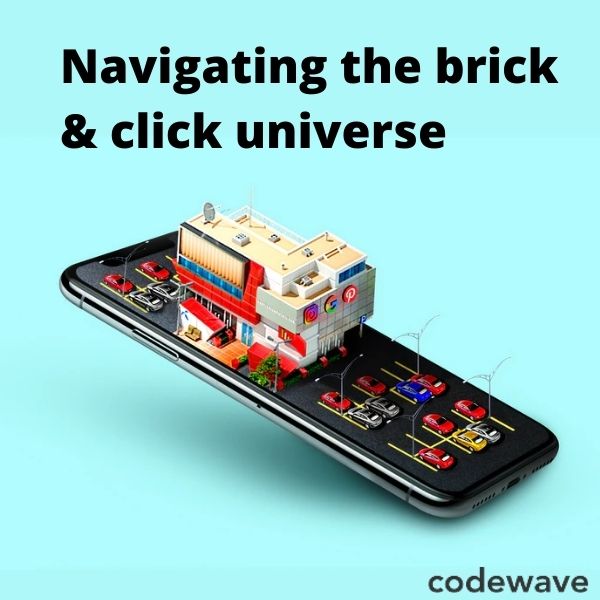
Brick & Mortar is poised to be transformed into brick and click. And executives need to position themselves accordingly.
Don’t worry, we are here to help you in your retail digital transformation journey. The very purpose of our genesis and existence is helping businesses augment customer lives.
What does digital transformation mean for the retail universe?
Retail is no more an independent industry. In-fact none of the industries are independent anymore.
We’re in an era of converging industries.
Collaboration, cross-breeding of ideas, process and operation among enterprises are the characteristics of a modernized digitally sound organisation.
Read what converging industries mean for retail sector. How is it going to impact.
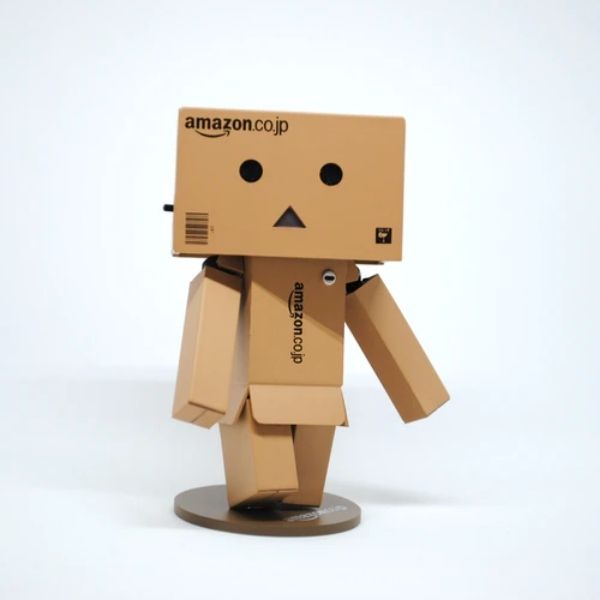
For example, a modern retail enterprise would not just have a bricks & mortars outlet but also a click & pick model in place.
Social-commerce is booming. An ultra modern retail brand would also be operating on social-media.
Modern brands are transacting almost everywhere. Orders are being placed through offline stores and dedicated online retail outlets.
In addition to these, customers are transacting through chat-applications, social – platforms, text-based-shopping, voice-enabled shopping and in so many other ways.
All this could sound overwhelming. We never said, it’s going to be that easy. But we can definitely make this transition a breeze for you!
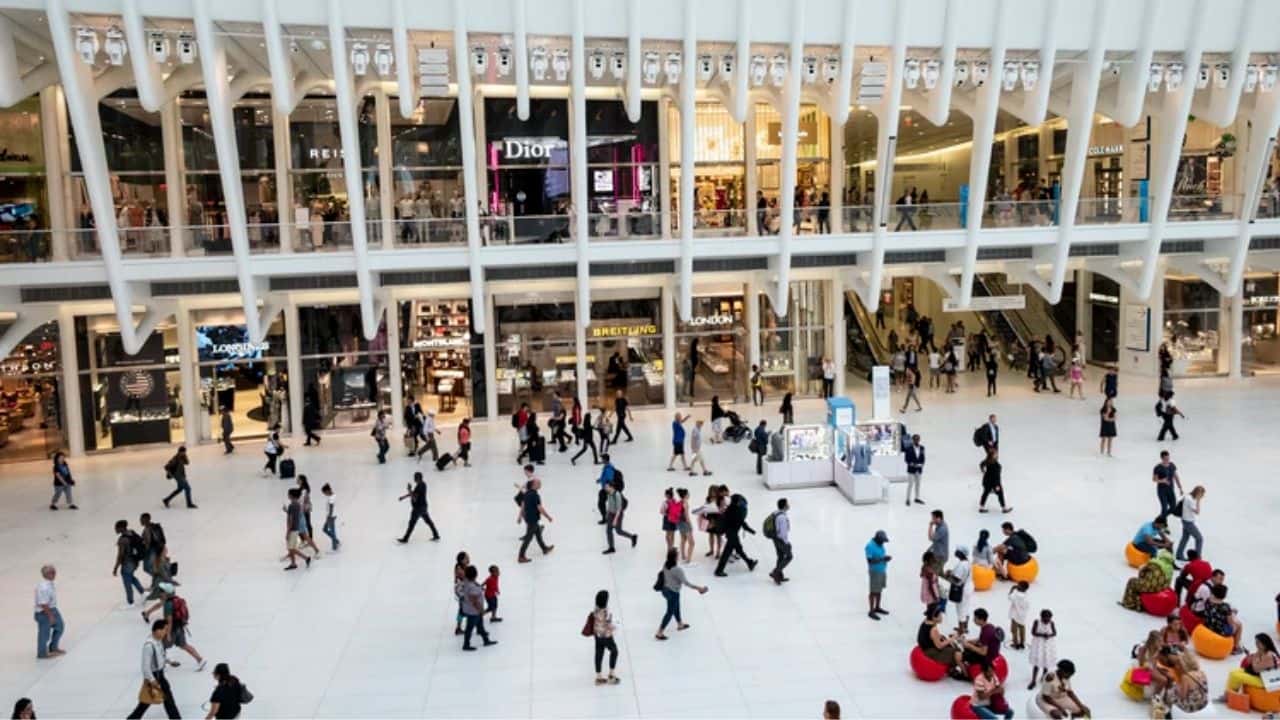
Let’s have a look at the challenges retail enterprises are facing and how we can leverage technology to transform these into opportunities.
Retail Challenges / Opportunities for SMEs in 2020
#1 Stay Open, Stay Competitive
- Nutrition retail chain giant GNC closed about 1200 stores in 2020
- Home Furnishing retail behemoth Pier 1 Imports shuts close to a thousand stores in 2020
In 2019, 9000 stores were shut down. More than 6000 retail stores have already shut its operation permanently in 2020.
The numbers could deteriorate upto 25k.
Why are we so negative? We’re not negative. We are cautious. We are reasoning, why we must be strategic and plan ahead of time.
So, how do we survive our retail business? How do we keep our shutters ON? How do we ensure customers swarm in our stores every now and then?
Answers are not that simple. But this quote from the chairman of Arcadia Group well summarizes the soul of all possible answers –
People are always going to go shopping. A lot of our effort is just ‘how do we make the retail experience a great one?
– Phillip Green, Chairman, Arcadia Group

We propose a R.E.T.A.I.L strategy to survive, sustain & thrive in the new normal and beyond.
R – Renovate, Re-imagine your process & supply chain,
E – Engage your customers, Ecommerce modernization,
T – Transform your customer’s experience journey, blend Technology into your organizational culture,
A – Automate anything and everything which can be automated, leverage AI
I – Intelligence embedded into every part of your business, Innovation
L – Love the transformational journey, Leverage Data
Implementing this retail digital transformation strategy into your business would better prepare your organization to face the cut-throat competition.
Steps to implement the above strategy.
I. If you still do not own an ecommerce website, get one.
There is an ocean of options to achieve this goal. WordPress, Shopify, Magento, Drupal etc., Shopify is the most popular among these. Thanks to the low cost and ease of starting an ecommerce store using Shopify. You can start a shopify e-store with almost no need of technical know-how.
But we suggest custom ecommerce website development using MERN or MEAN tech stack.
Why?
Because all the aforementioned low-code environments come with their limitations and drawbacks.
You’ve enough business acumen to understand that these limitations could be a bottleneck to scalability & agility of your retail business.
MERN or MEAN stack imparts agility, scalability & cost efficiency to your online business.
MERN & MEAN are open source Javascript based technological stacks. MERN is centered around reactJS and MEAN around angularJS.
Read more about MERN stack for your business.
Read in detail, MEAN stack for your custom enterprise application development.
II. Plan a strategy for leveraging Data, Analytics, AI, Sensors & Social Media
We have carved step I i.e., ecommerce site as a separate entity because it is not something to be planned for retail digital transformation. It’s BASIC. It is quintessential.
Re-imagine your retail by leveraging 1st party, 2nd party and 3rd party data. Use the acquired data, pass it through your analytics pipeline and use the insights gained to power your business strategies.
Use AI to deliver a personalized experience for your customers and bolster customer loyalty. Artificial intelligence can also be used to streamline your business processes and make it more efficient.
Utilize social media automation to deliver a seamless omnichannel experience to customers. Who are your customers? Millennials? They are on social media.
Now, we shall elaborate some of the mentioned topics in this section.
#2 Omnichannel retail
- Digital Economy Index reports 208% Y-o-Y increase in Book Online, Pick In Store (BOPIS) transactions in April 2020.
- As per ONS’s report, one in every three retail transactions of May 2020 was online, 65% Y-o-Y growth.
Retail transactions are carried out
- in-store,
- via online e-commerce aggregator platforms,
- on dedicated brand websites,
- through social-commerce,
- Via smart-voice devices like alexa and google home and,
- even using text message based orders
As a retail brand you must be omnipresent for customer’s convenience & seamless experience.
As an entrepreneur you must understand the changing nature of retail, ever-evolving customer behavior, covid triggered recent disruptions and its long term impact on consumer behavior.
If bricks and mortar have to stay alive and relevant then it must deliver customer-centered personalized multi-channel shopping experience.
Retail businesses can leverage digital coupons, in-store navigation maps, email retargeting, social media marketing (SMM), search engine marketing (SEM) and beacon technology etc to connect with ever-informed customers and enable intelligently personalized individual experience for them.
Automating the customization of internet-age customer’s shopping experience across channels is achievable using the following technological approaches :
- PWA – Use React, Angular, Ionic etc., to build progressive web apps. Read this article to learn more about these technologies and other alternatives.
- Native Mobile apps – Use React-Native or Flutter to build native full-fledged mobile ecommerce applications. Read this article to know more about these technologies.
- Voice enabled apps – Leverage Python or NodeJs to build alexa skill apps or google actions. Integrate it with your ecommerce backend for non-interruptive service.
- Cashier-less stores – Uninterrupted retail identification from purchase to product delivery order-lifecycle using sensors and beacon enabled custom mobile apps.
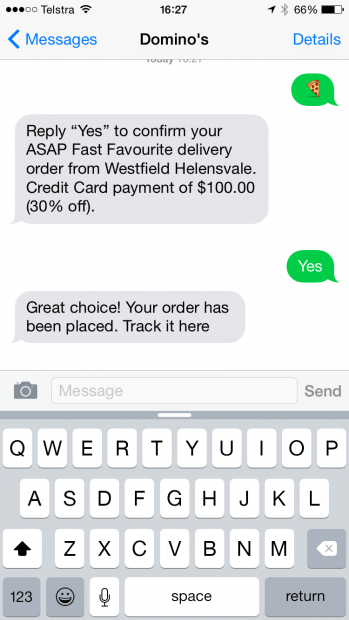
- Order-by-text – It’s much like online chatbot based ordering of products. Similar architecture.
Visit our website to understand in detail, how codewave cloud experts can help you with implementing cashier-less stores and other custome retail solutions.
#3 People, process & supply-chain optimization
The largest chunk of retail digital transformation is optimizing resource utilization. Leverage data & AI (conversational and NLP) to identify right processes for optimizing supply-chain, maximizing revenue, increasing profit margins while availing a seamless experience to end-customers.
Customer’s data insights, AI powered recommendation algorithms and chatbots for personalized customer journey experience –
How can someone even imagine retail without AI in it? RETaiL. Okay, serious now. But AI is going to be the most quintessential thing in retail digital transformation.
It’s easier to love a brand when the brand loves you back.
Seth Godin
Today, we have immense amount of data to personalize the experience of our customers, predict customer behavior, forecast demands, reduce shrinkages, avoid cart abandonment etc.,
Harness this data to express some love to your customers and they shall reward you with loyalty.
Price agility & cannibalisation :
Build resilient supply chain solutions at scale with security and speed. Intelligent automation of processes could make overall retail operation very cost-efficient.
AI algorithms can process/analyse huge silos of historical price data to rightly price the product. Enhanced AIs can also count in real-time events, government policies, weather etcetera to optimize and automate product pricing.
Read our post on demystifying AI
Recommendation algorithm & visual search
Right product must be available in the right store at the right time for the right customer. As per an ex employee, Amazon clocks 35% of its revenue through recommended product(s).
Compile big data through various sources to verify and extract actionable insights by training and inference of BERT, a popular NLP model.
Clicking an image through your app and searching for similar products is another advanced feature, possible due to seamless integration between the cloud and intelligence on the edge devices.
We can help you build sophisticated, robust and resilient machine learning powered applications. Get in touch with our cloud ninjas and hop-on to your retail digital transformation journey.
Extended Reality
It’s really about, in many cases, overlaying the digital over the physical — trying to digitize more of the physical experience to connect with the customer more effectively
Robert Hetu, Gartner
Using VR & AR, customers can virtually try products. For example, you can use intelligent mirrors (camera) to see how a particular eye-frame would look upon you.
Another example could be checking out how a particular dress would look on you using AR.
AI and real-time video analytics can also be utilized to prevent thefts from stores or identify external spam behavior. VR-AR can also be used in tandem to visualize and redesign stores without disturbing the present setup.
Beacons sensor data can be advantageous in tracking customer behavior patterns in the offline world and to accordingly shape the integrated experience at all customer-touchpoints.
Customers spend 48% more on average, when receiving personalized treatment.
Another effort towards customer personalization is in-store music :
Retail digital transformation doen’t just mean going online. It has got a lot to do with personalizing in-store experience too.
Leverage AI & customers data to play songs a user likes. This strategy, as per reports, have improved the revenue for a lot of retail merchants.
You walk into a retail store, whatever it is, and if there’s a sense of entertainment and excitement and electricity, you wanna be there. – Howard Schultz, CEO, Starbucks
Supply-chain optimization, product provenance & smart contracts :
Custom cloud based solutions for e-commerce would allow executives to automate the tracking of real-time stock availability, managing inventory, process shipping details and store orders.
Order Fulfilment Automation & inventory control
Shelves embedded with sensors could autotrack the inventory and leverage intelligent data to predict future requirement forecasting. QR code powered products can be scanned by customers’ mobile app and a purchase can be carried without any cashier intervention.
IoT enabled apps could even guide store workers to exact product location for fulfilment of orders.
Blockchain could be fused with the supply chain to automate freight and payment processes. This could be done through public, private or hybrid contracts while maintaining agility and end-to-end transparency.
Read this article to understand, how blockchain smart contracts can disrupt the retail supply chain in the food industry.
#4 Accelerating the digital adoption within organisation, Innovation at scale
Retail is a customer business. You’re trying to take care of the customer—solve something for the customer. And there’s no way to learn that in the classroom or in the corner office, or away from the customer. You’ve got to be in front of the customer.
Erik Nordstrom, Nordstrom Direct
Automation is crucial for retail digital transformation. It would allow retail people to take up more consumer-facing roles and would involve dealing with a lot of technologies. Digital training within the organisation is going to be crucial, esp from the security point of view.
To smoothly navigate your retail journey, strike a conversation with us. Subscribe to our insights and stay ahead in the tech game.
Frequently Asked Questions(FAQs)
1. What are the benefits of retail digital transformation for my business?
Retail digital transformation can bring numerous benefits to your business, such as increased efficiency, cost savings, improved customer engagement, and business KPI optimizations. By implementing digital technologies and strategies, you can streamline operations, automate processes, and access valuable insights into customer behavior and preferences. Additionally, digital transformation can help you to expand your reach and build stronger connections with customers through personalized and omnichannel experiences. Overall, retail digital transformation can help you to remain competitive and drive growth in today’s digital marketplace.
2. How can my retail business implement digital transformation strategies?
There are several ways for a retail business to implement digital transformation strategies:
One approach is to focus on optimizing e-commerce capabilities, such as building a strong online presence and improving the user experience on your website. Another strategy is to invest in technologies like artificial intelligence and automation to improve in-store operations and customer engagement. Additionally, you can implement omnichannel experiences by allowing customers to shop online, in-store, and via mobile devices, and providing a seamless experience across all channels. It’s also important to develop a robust data analytics system to track and evaluate customer behavior, preferences, and sales trends. To implement these strategies it would be helpful to have a clear roadmap and seek out expert advice.
3. What are the latest technologies and trends in retail digital transformation?
The latest technologies and trends in retail digital transformation include Artificial Intelligence and Machine Learning — to personalize customer experiences, improve inventory management, and enhance sales forecasting; Omnichannel retailing — to enable customers to shop seamlessly across different channels, such as online, in-store, and mobile; Virtual and Augmented Reality — to enhance in-store experiences and provide customers with immersive product demonstrations; Internet of Things — to gather data and improve store operations, such as in-store navigation and inventory management; Automation and Robotics — to automate repetitive tasks and improve efficiency in warehouses and distribution centers; Contactless payments and Checkout-free stores — the use of contactless payments have increased and some retailers have implemented Checkout-free stores for a contactless shopping experience.
4. How can retail digital transformation improve in-store customer experience?
By leveraging technologies such as artificial intelligence and machine learning, retailers can personalize customer experiences and offer targeted recommendations based on customer preferences and buying history. Omnichannel retailing allows customers to shop seamlessly across different channels, such as online, in-store, and mobile, and provides a consistent experience across all channels. Virtual and augmented reality can also be used to enhance in-store experiences and provide customers with immersive product demonstrations. Additionally, automation and robotics can be used to speed up processes, such as checkouts, and improve store operations to make shopping more efficient for customers. Overall, retail digital transformation can help to create a more convenient, personalized, and enjoyable shopping experience for customers.
Codewave is a design thinking led digital transformation company enabling organisations with playful innovation using AI & ML, IoT & Edge, AR, VR, Cloud, Blockchain, and Data.




